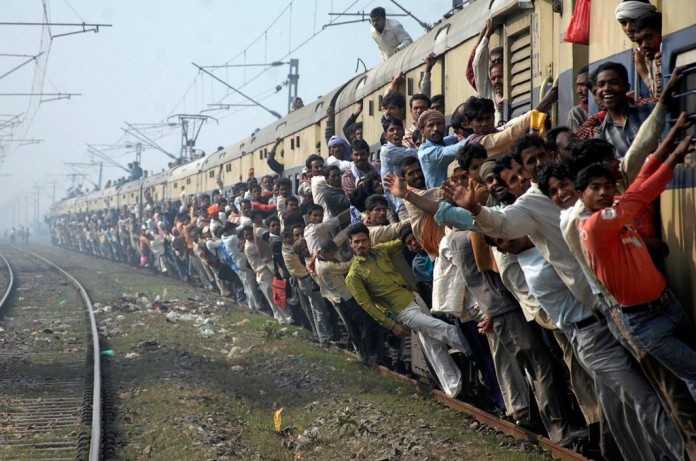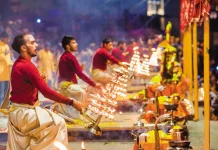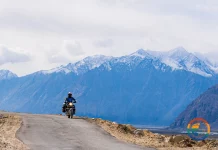These photos of India’s overcrowded railways will make you grateful for your commute
- India photos — 27+ reasons why you should visiting India
- Georgia travel photos — 20+ captivating photos show Georgia is heaven on the Earth
- 29+ Bhutan photos revealed the beauty of the happiest country in the world
- Inle Lake — Exploring the peaceful life of people on Inle Lake, Burma
- 10+ beautiful pictures of autumn season show weaves ‘yellow carpets’ around the world
India has the second largest rail network in the world. That, combined with the fact that 23 million passengers a day ride its rails, help to explain why its trains are so overcrowded that you can often see passengers hanging out the side.
It’s a long-standing tradition to take the train in India — the oldest train in the world, built in 1855, also runs on the India rail network between New Delhi and Rajasthan.
If you think your commute is bad, or airport lines are giving you the travel blues, just take a look at these insanely crowded trains in India.
You might feel a little less claustrophobic.
India’s current population is 1.2 billion.
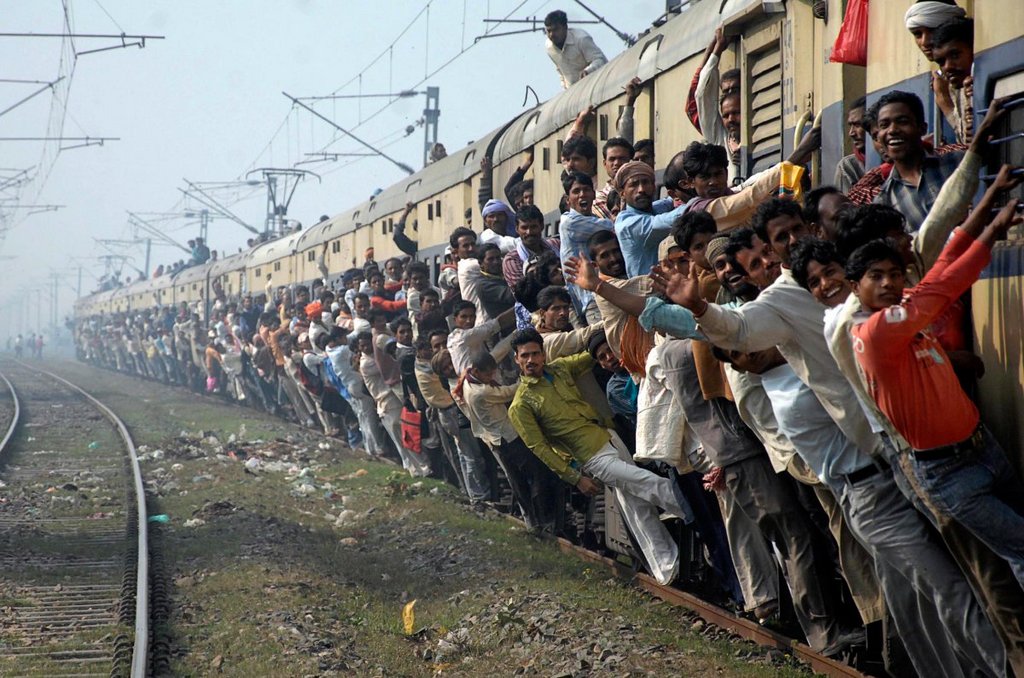
Indian Railways is one of the world’s largest employers, with 1.4 million on staff.

11,000 trains are operated every day in India.
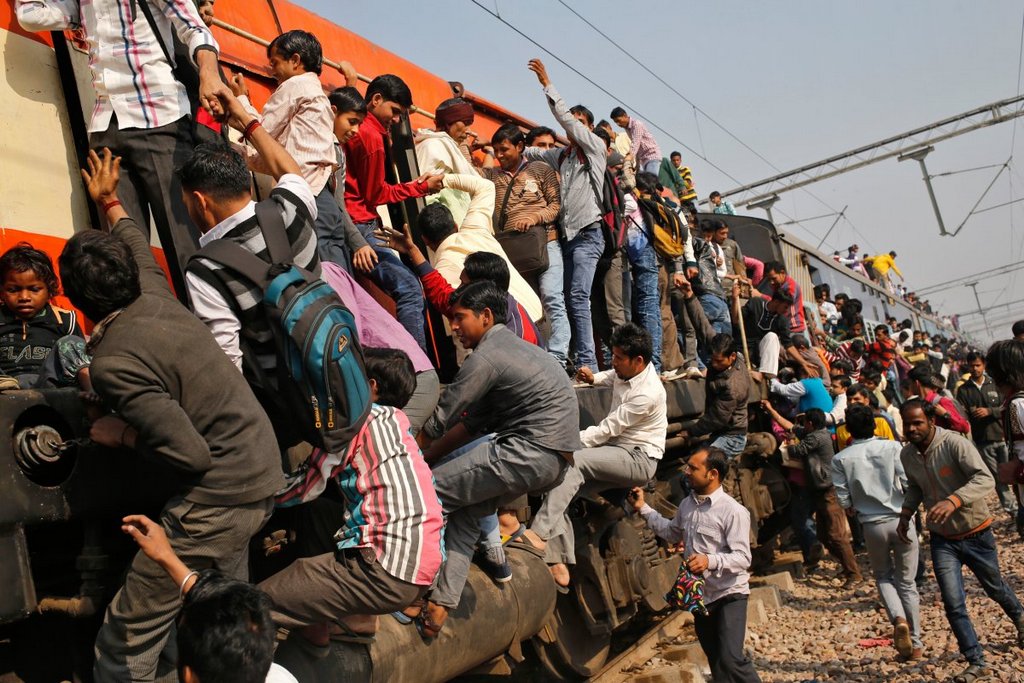
71,000 miles of tracks make up Indian Railways.
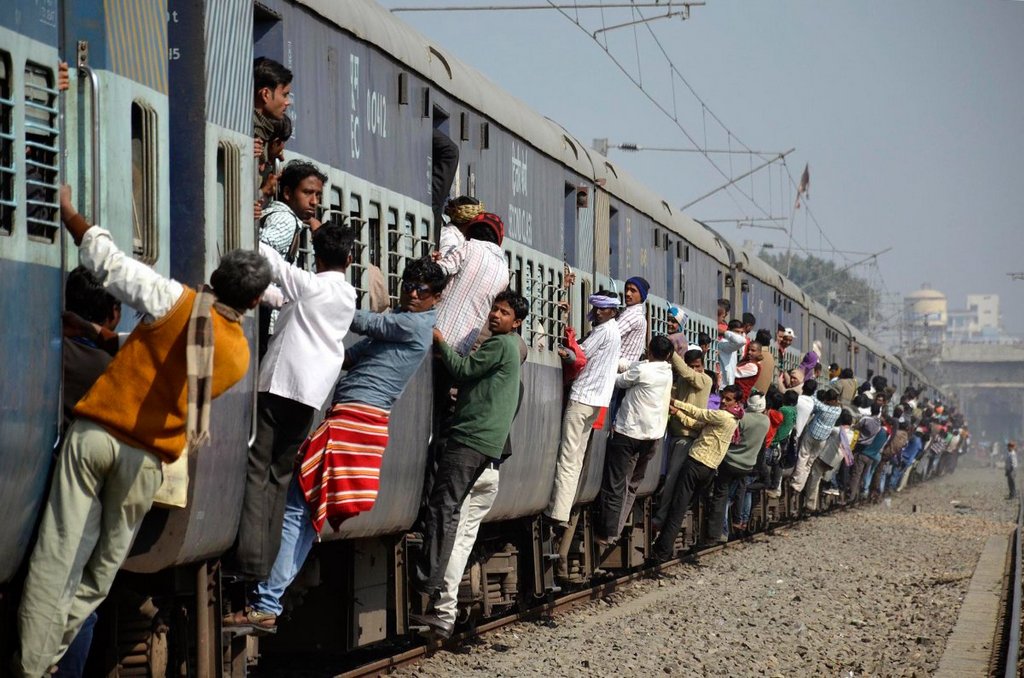
The fastest train in India, the New Delhi-Bhopal Shatabdi, runs at 93 mph.
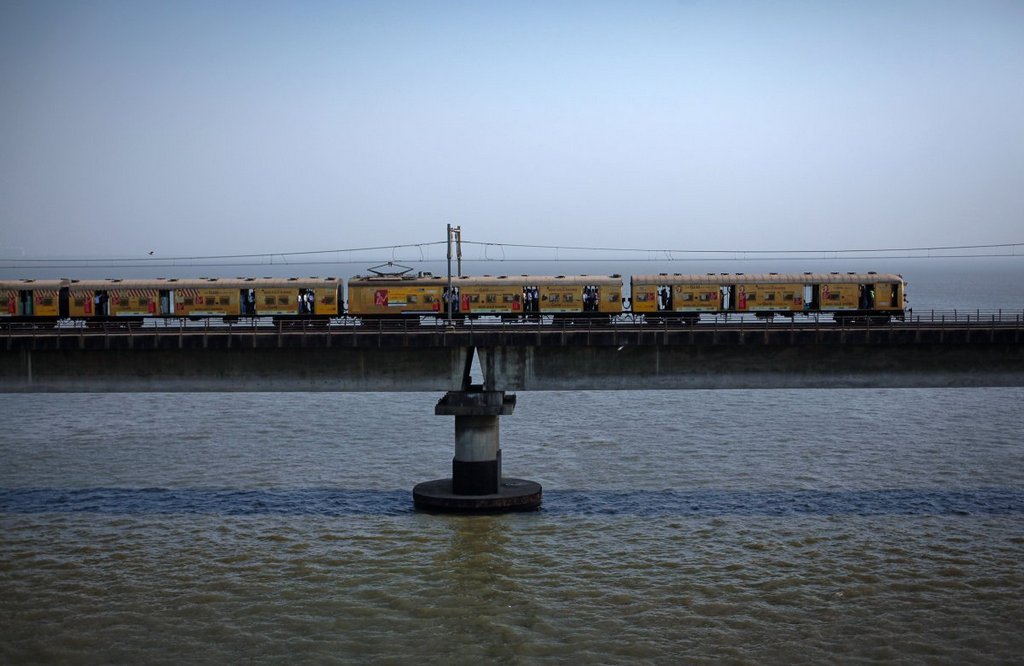
The slowest train, the the Metupalayam Ooty Nilgiri, runs as slow as 6 mph. At that speed, you could jump off and back on if you drop something.
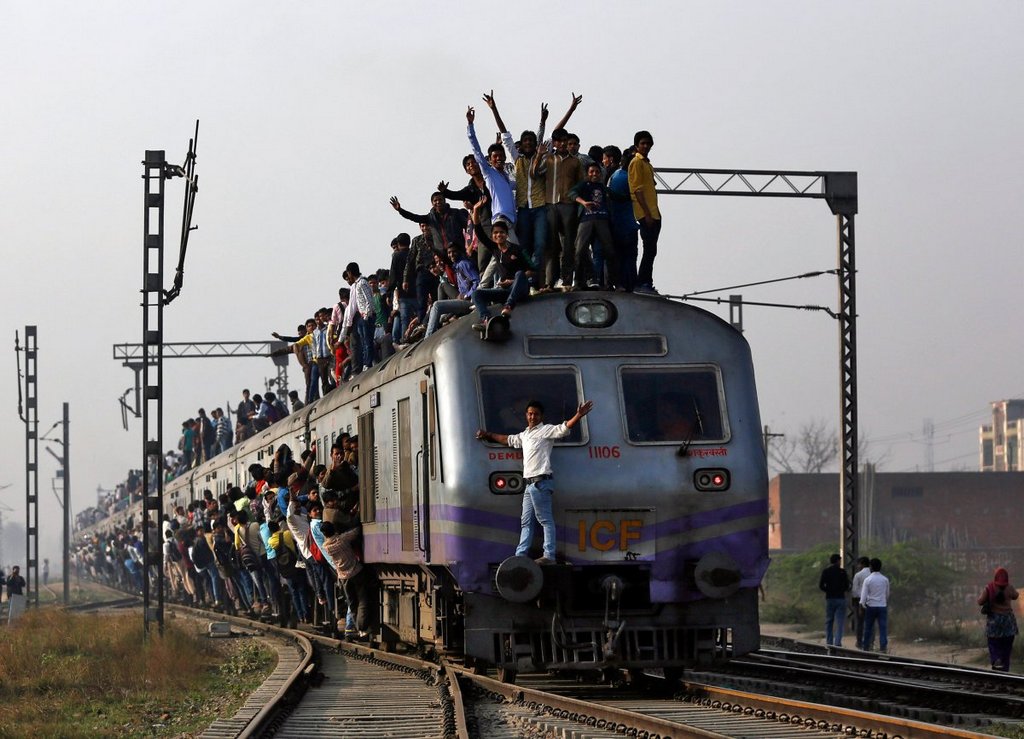
Safety regulations require four emergency exit windows in each train car.
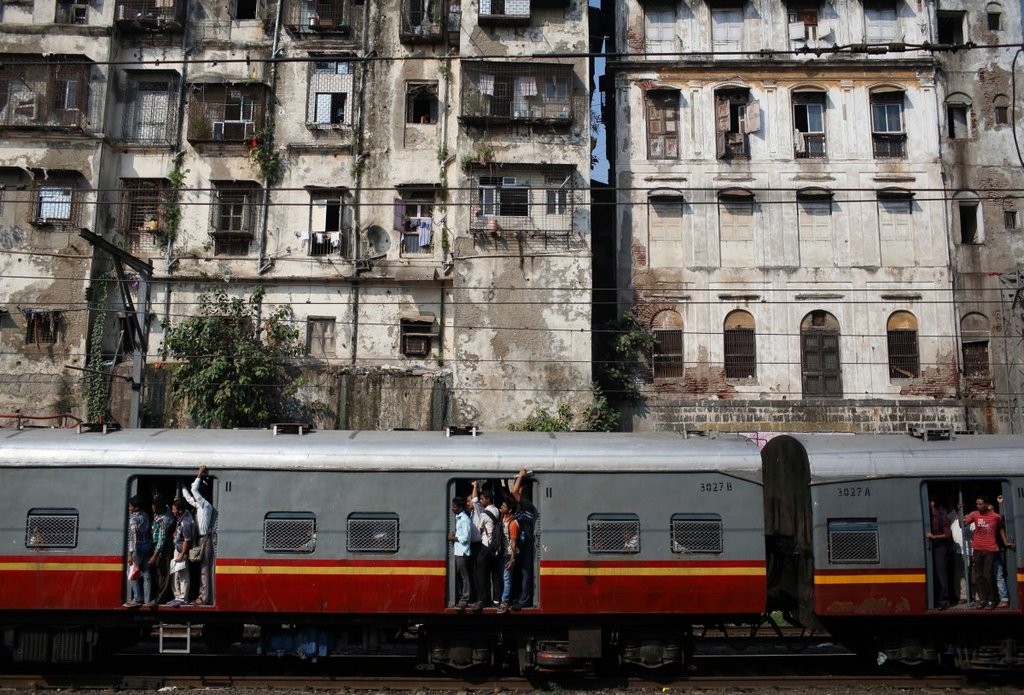
The Guwahati Thiruvananthapuram Express holds the record for the most-often delayed train. Delay times can be up to 12 hours.

The New Delhi Railway Station holds the Guinness Book of Records for the largest Route Relay Interlocking System.
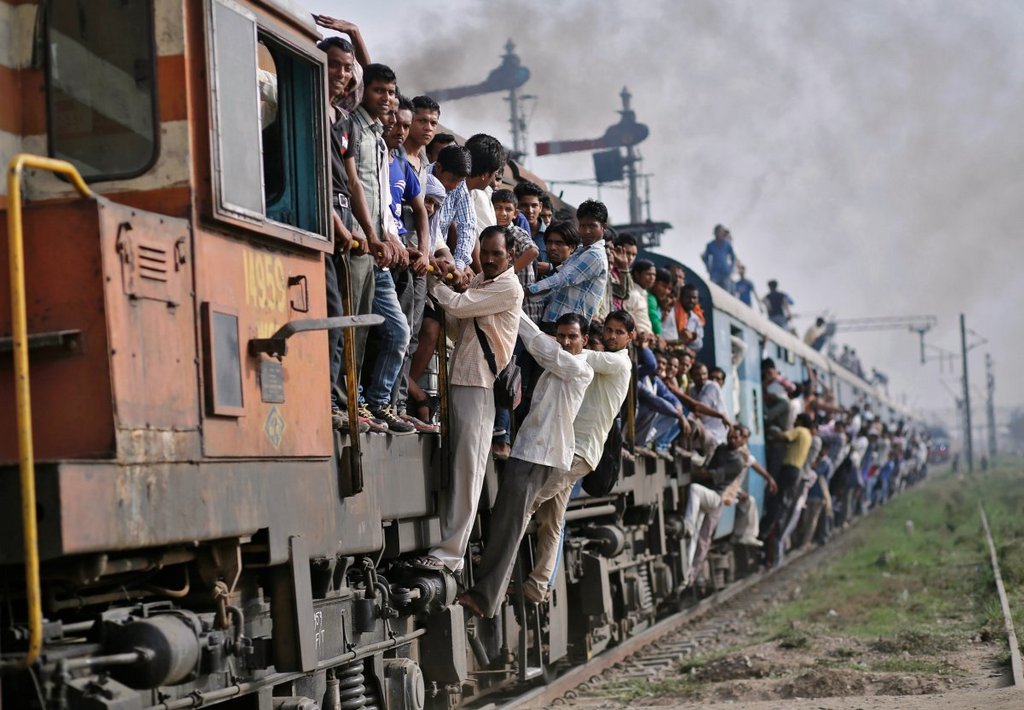
The Trivandrum-H. Nizamuddin Rajdhani train takes the country’s longest non-stop route. It travels six and a half hours between Vadodara and Kota.
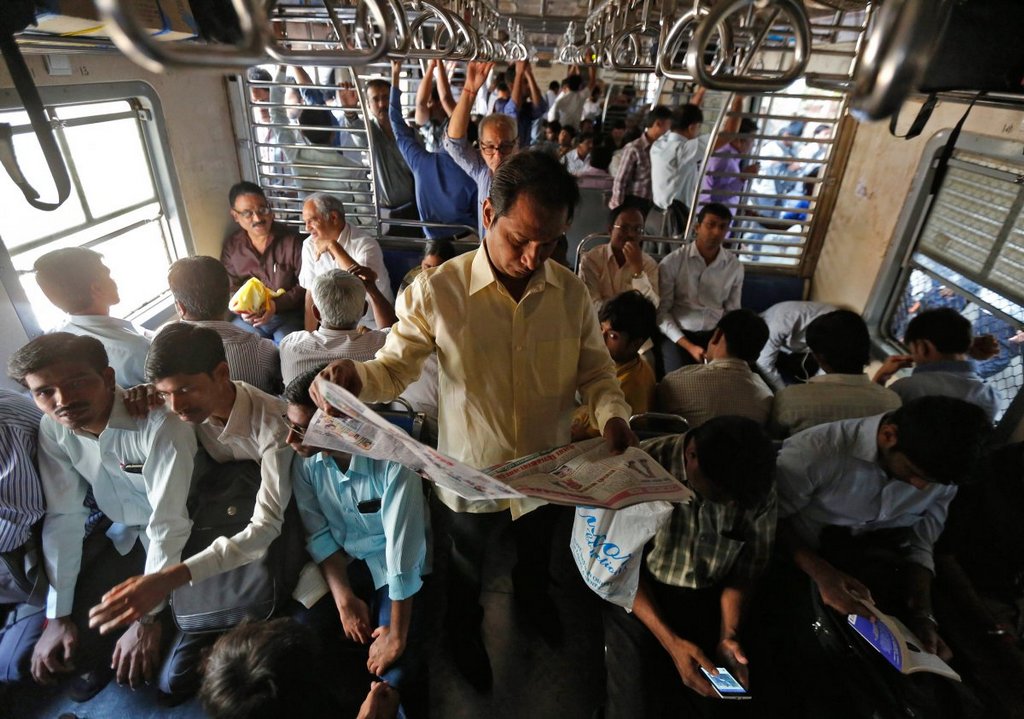
The train route with the most stops is the Howrah-Amritsar Express, which stops 115 times.

Venkatanarasimharajuvaripeta is the station with the longest name.
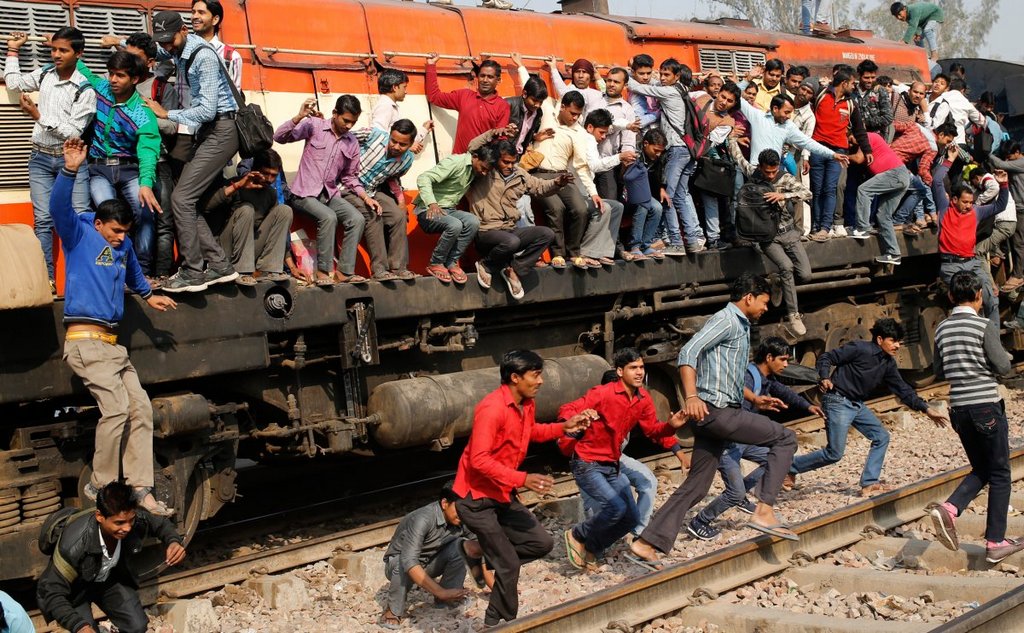
Ib, on the hand, located near Jharsuguda in Odisha, has the shortest name.
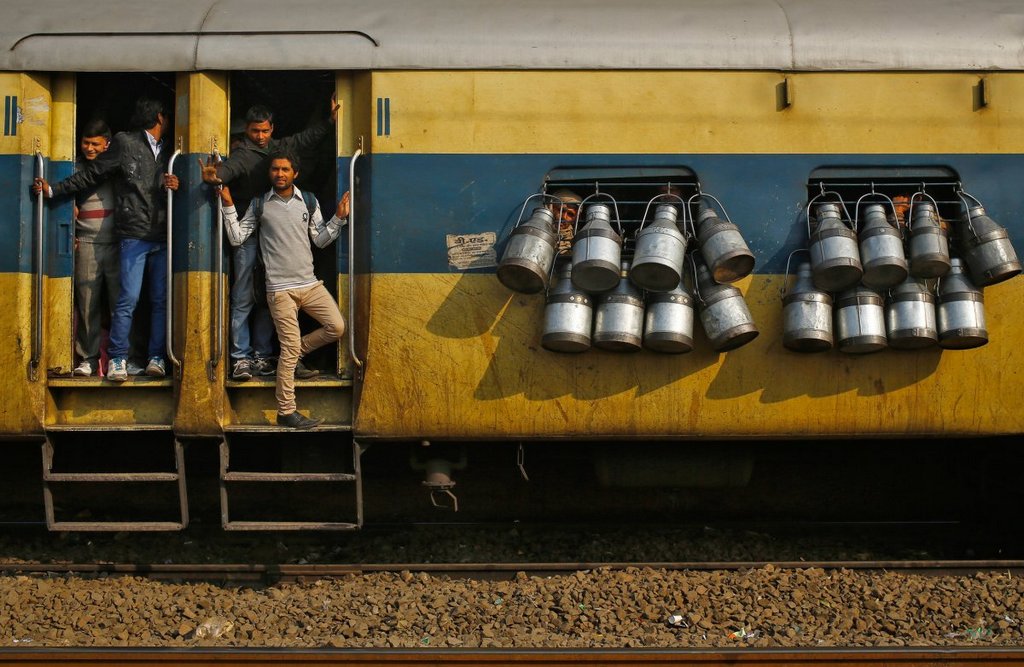
































![10 best airports in Asia in 2016 [RANKED] kuala-lumpur-international-airport-best airports in asia in 2016 by skytrax ratings](https://livingnomads.com/wp-content/uploads/2016/08/29/kuala-lumpur-international-airport-best-airports-in-asia-in-2016-by-skytrax-ratings-218x150.jpg)








